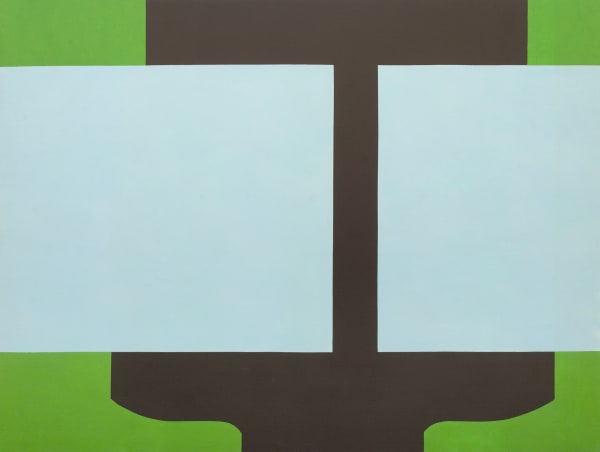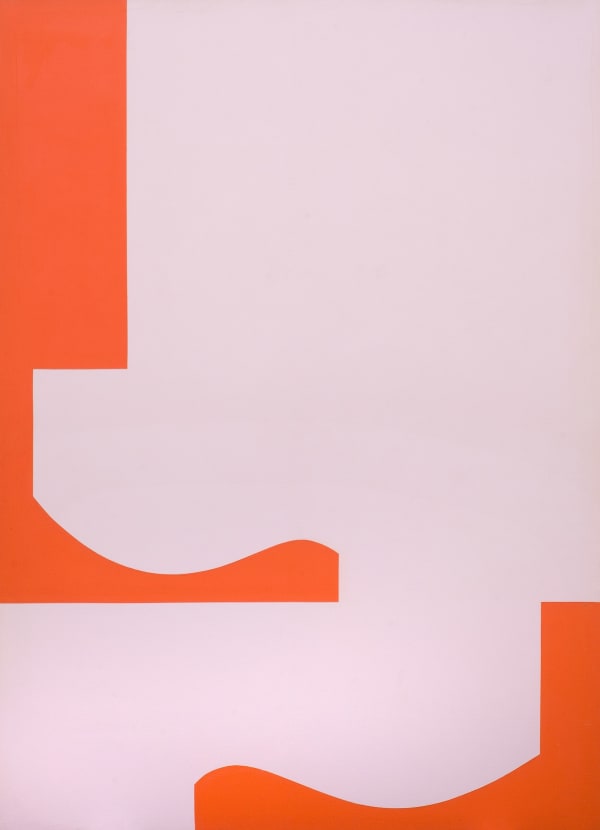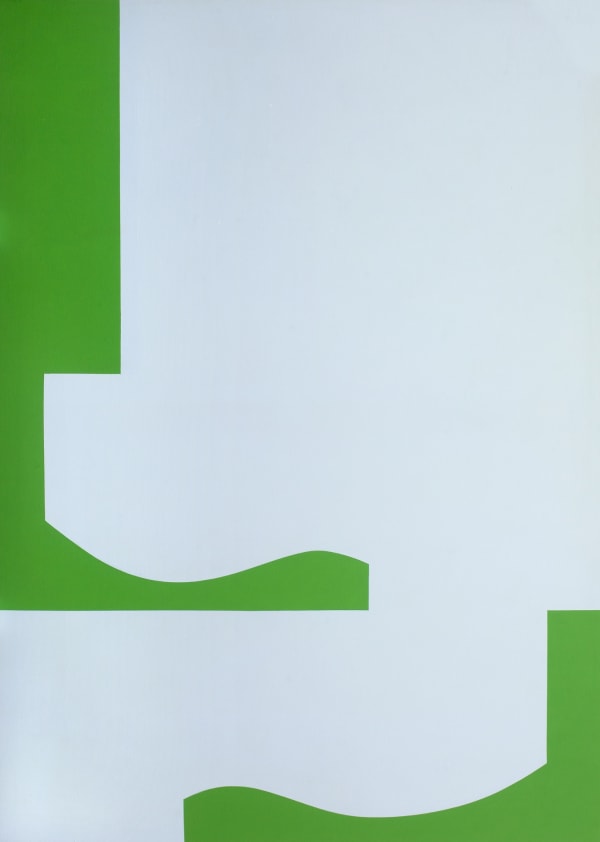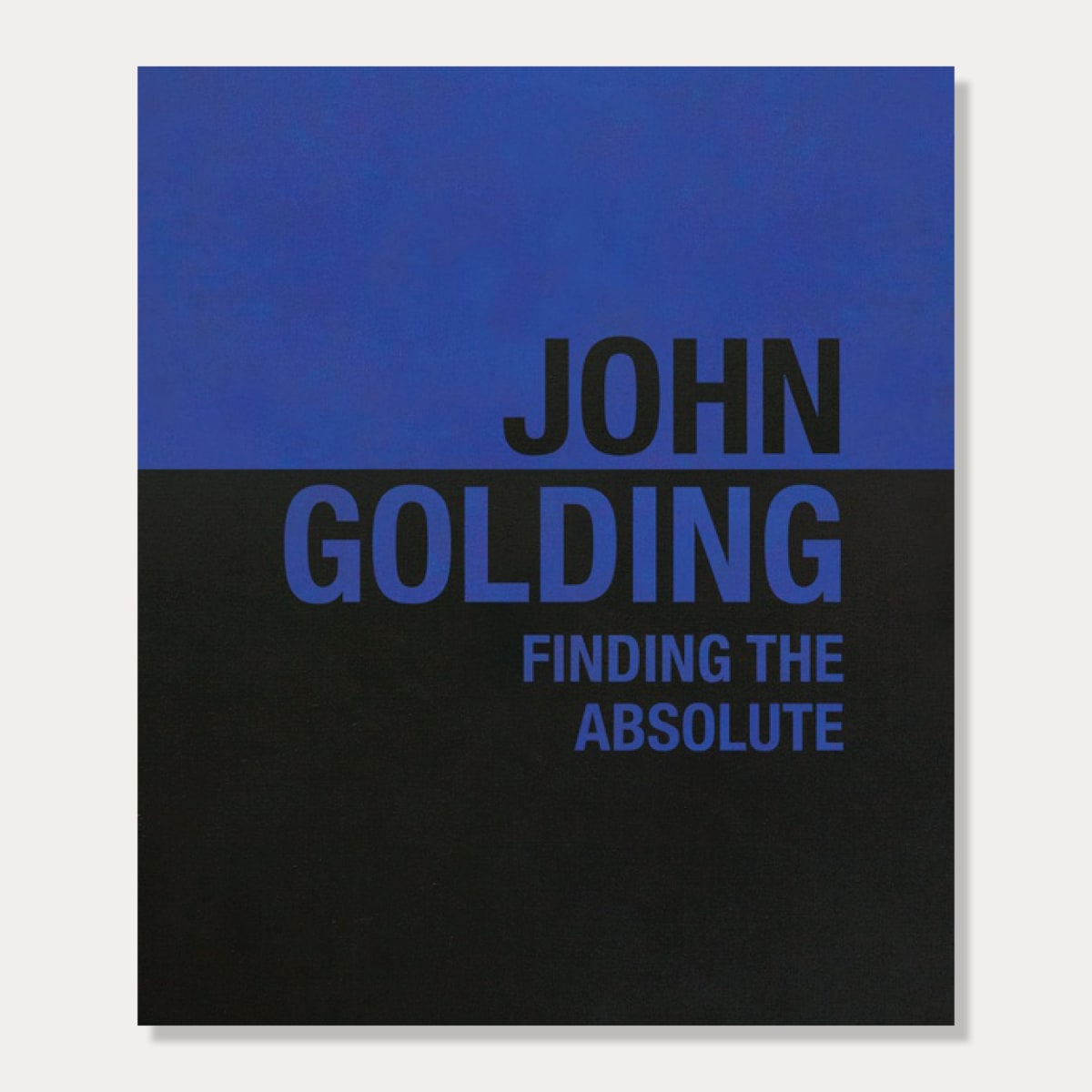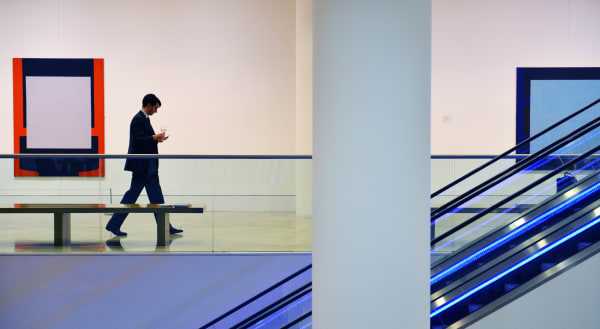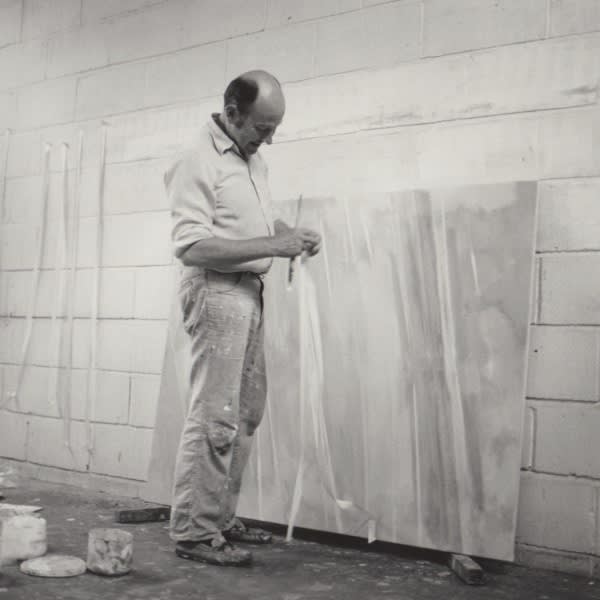John Golding: Finding the Absolute : Piano Nobile Kings Place
John Golding: Finding the Absolute was the inaugural exhibition of Piano Nobile Kings Place, featuring works from the 1960s by John Golding, the eminent art historian, critic, curator and artist. Piano Nobile Kings Place, was opened as a new concept space of Piano Nobile gallery, offering a complementary location to Piano Nobile Holland Park in which to expand the gallery’s exhibition programme. The exhibitions were developed in collaboration with the innovative and extensive programming of the Music Foundation at Kings Place thus offering a unique space in London for the visual and musical arts to enrich one another through proximity and partnership.
John Golding was born in Kent, England in 1929, but raised in Mexico. He attended the University of Toronto before returning to London to study for a Masters in History of Art and then a PhD at the Courtauld Institute of Art. His resulting thesis, written under Douglas Cooper and Anthony Blunt, formed the basis of his seminal book, Cubism: A History and an Analysis, 1907-1914 (1959). Subsequently Golding became a much-loved teacher and academic at the Courtauld Institute, whilst simultaneously embarking upon a highly successful career as an artist. In 1981 Golding accepted the position of Senior Tutor in the painting department at the Royal College of Art, but he also held the Slade Professorship at Cambridge in 1978. He curated several landmark exhibitions including Léger and Purist Paris (1970) with Christopher Green, Picasso: Painter/Sculptor (1994) at the Tate and Matisse/Picasso (2002), which toured to the Tate, the Grand Palais in Paris and MoMA in New York.
As an artist, Golding had numerous one-man shows in prominent international galleries and museums, with his first solo show in London at Gallery One in 1962, and he also participated in many group exhibitions, including several international shows with his close friend, Op artist Bridget Riley. Golding was appointed a CBE in 1992 and elected a Fellow of the British Academy in 1994. His work is held in numerous prominent private and public collections including the Tate, the National Gallery of Scotland and MoMA. In 1997 his masterpiece on abstract art, Paths to the Absolute, was published, as a result of the A. W. Mellon Lectures in the Fine Arts series that he gave at Princeton. Spanning abstraction across continents and decades, this overtly formalistic account of the prominence of abstraction in modern art remains a hugely influential account of artists' search for the 'absolute' through abstraction. He died in April 2012.
John Golding: Finding the Absolute presented Golding’s works from the 1960s, most of which have not been seen for over forty years, offering a unique opportunity to re-situate Golding’s career with the prescience of his earliest abstract enterprises. Dynamic, youthful, brimming with the influences of the great proponents of abstraction – Mondrian, Malevich, Newman, Pollock, Orozco – these works reveal Golding at the outset of his life-long pursuit to realise the ever-elusive promise of the absolute.
The works in the exhibition represented some of Golding’s first explorations in abstraction: at first they appear bold and exuberant statements of great confidence, however they are characterised by subtlety, precision and attention to detail demanding close inspection. Layers of paint built up over time effect a depth and richness of complex colour – a multiplicity of tonal shades. Look closely at the contour of shapes and lines, and it is clear that Golding used tape to delineate areas, that shapes underwent a process of revision. A profound focus on materiality emphasises tactility, and sensuous and bodily response.
Speaking in 1989, Golding termed his progression in the 1960s away from figuration as the “third way” into abstraction, “moving up into the image or images of an earlier [figurative] mode…the pictures themselves become metaphors for bodies”. Golding’s progression into abstraction through the body during the 1960s is palpably of its time, as the idealised ‘pin-up’ posed at the heart of avant-garde British Pop. A particular feature of British Pop, as the eminent abstract and Pop art critic Lawrence Alloway wrote in his famous essay ‘Pop Art’ Since 1949, was the emergence of a second, abstract phase of Pop Art, as artistic movements overlapped in this decade of artistic experimentation.
Opening in conjunction with the Kings Place Music Foundation’s Minimalism Unwrapped concert series, co-curator Dr Charlotte De Mille explored the shared themes and motifs between Golding’s 1960s works and Minimalist music. As Minimalist composers are concerned with processes and languages of composing, so Golding’s paintings are subtly varied in echoes of colour tones and repeated formal motifs.

